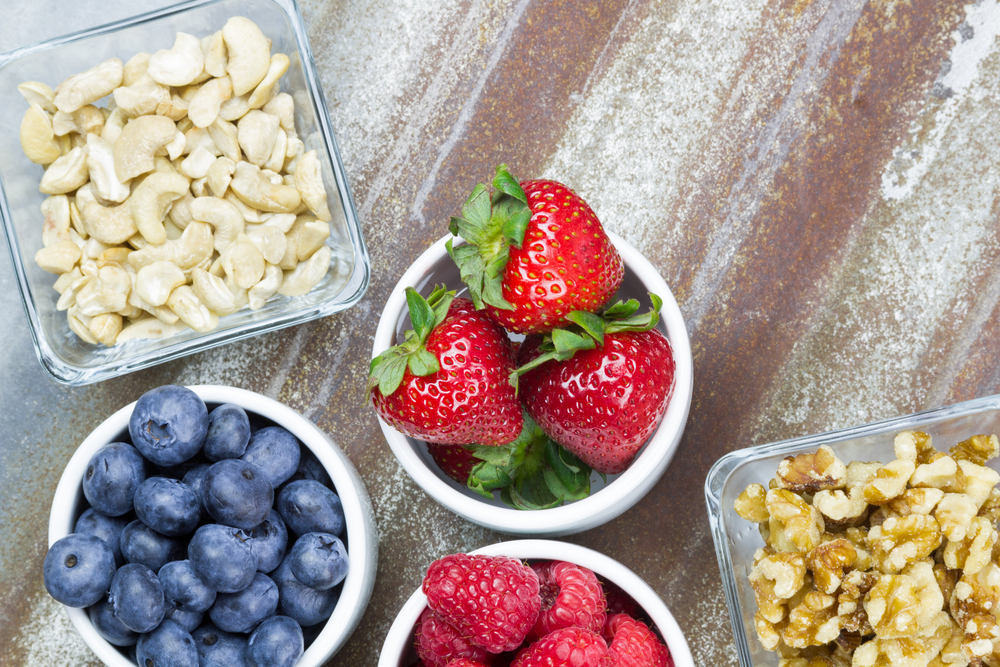
Angie D'Amico/Shutterstock
.
Adopting standards for healthy snacks may not be enough to enough to improve snack quality in after-school programs, according to a study published recently in the Journal of School Health.
Researchers studied three after-school sites run by Danville Parks and Recreation in Danville, Va., that adopted the National AfterSchool Association’s Healthy Eating and Physical Activity (HEPA) standards in summer 2014. Several other sites were used as a control group.
The sites adopting the standards did switch from juice drinks to 100% fruit juice, but they did not make other changes, said Meagan Helmick, who led the study.
“They hadn’t fully trained staff on implementation. That could be one of the reasons,” Helmick said. She is an assistant professor at Jefferson College of Health Sciences at Radford University Carilion, in Roanoke, Va.
Researchers visited the after-school programs in the spring before the standards were adopted and then returned in the fall.
Before adoption, sites were already complying with three of the 10 healthy eating standards — emphasizing healthy beverages and avoiding foods with trans fats and artificial ingredients. But they never complied with the standard requiring a fruit or vegetable to be served once a week.
Other standards never put in place were:
- Offer water at the table during snack time.
- Serve no candy or foods that are primarily sugar-based.
- Emphasize nutrient-dense options including whole grains and nutrient-dense foods.
- Serve no foods that are deep fried, par fried or flash fried unless healthy oils are used. Do not offer fried, salty snacks such as potato or corn chips.
The snacks provided to kids were frequently Cheez-its, Goldfish and Nutrigrain bars, according to the research report.
Kids were also able to access vending machines and to bring snacks from home — those snacks were generally lower in quality, Helmick said.
What needed to happen
When after-school programs adopt standards, it’s very important that they train staff and follow implementation guidelines, said Heidi Ham, vice president for programs and strategy for the National AfterSchool Association.
It’s also important to follow a continuous improvement process, she said. Such a process evaluates where you are at the start and what you already do well, what you need to work on, the goals you are setting and continuous improvement, she said.
Since the Virginia study took place, the NAA has updated its HEPA standards to include training and implementation.
“With the new HEPA 2.0 standards, there are suggestions on how to operationalize them,” Ham said. “It’s a lot more explicit.
“With the revised standards, we have an assessment tool,” she added.
Researchers made several recommendations.
Make sure staff are trained and understand the reasons for the standards, Helmick said. The sites studied could also remove or unplug vending machines. They could talk with parents, give them a copy of HEPA standards and seek their cooperation if children would be bringing snacks from home, she said.



























